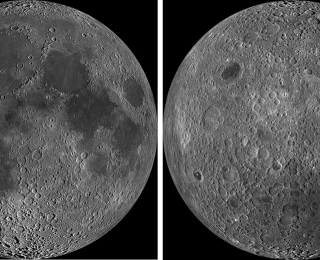
A Lunar Mystery Solved, with the Earth as the Culprit
Heat from the proto-Earth may have caused the difference in the Moon’s far- and near-side crust thicknesses.

Heat from the proto-Earth may have caused the difference in the Moon’s far- and near-side crust thicknesses.
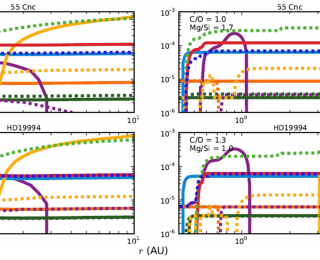
A new model simulates the composition of growing planetesimals in an evolving protoplanetary disk. The model predicts that carbon-rich terrestrial planets can form more easily than previously thought.
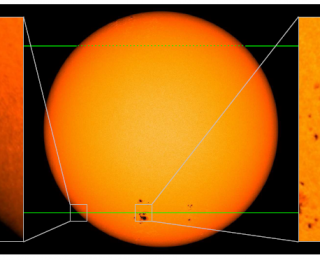
Kepler finds the signature of a transiting white dwarf. Instead blocking the light of its companion star, the white dwarf magnifies it, creating a light curve that periodically brightens.
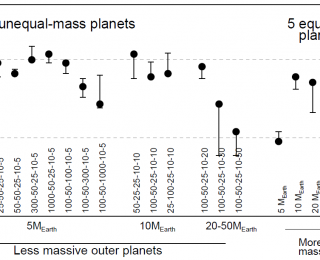
Vega’s system of debris disks can be explained by a series of planets that constantly transport material inwards towards the star.
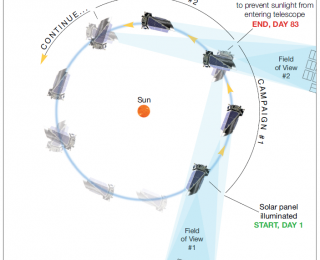
The Kepler Space Telescope gets a promising second chance with a new mission called “K2”.